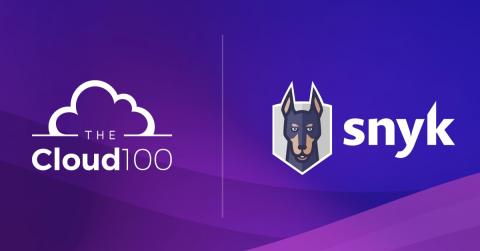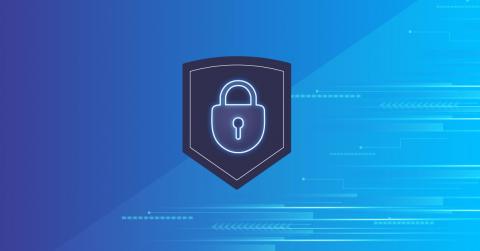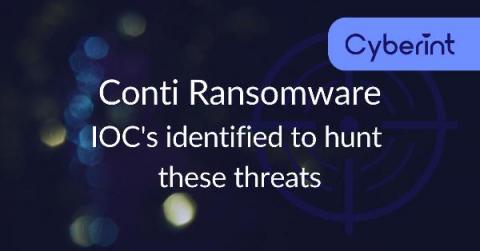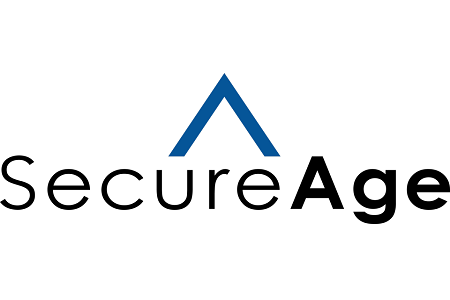6 Examples of Essential Cybersecurity Policies for Businesses
Every year, more than 34 percent of organizations worldwide are affected by insider threats. For that reason, cybersecurity needs to be a priority and concern for each employee within an organization, not only the upper-level management team and IT professionals. Employees tend to be the weakest link in an organization’s security posture, often clicking on malicious links and attachments unintentionally, sharing passwords, or neglecting to encrypt sensitive files.











